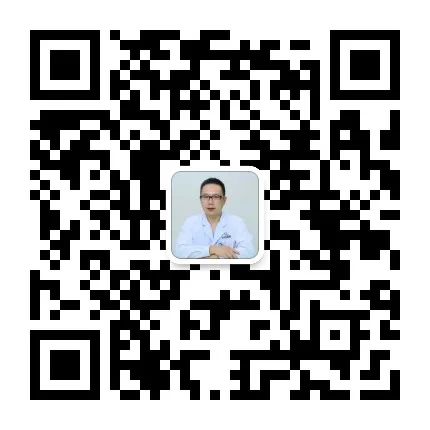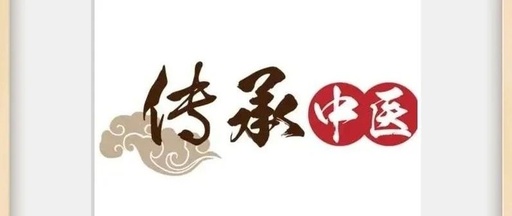
Last week, a patient came in, reporting that five days ago, he caught a chill and developed a cold. He took a proprietary Chinese medicine for dispelling wind-cold, which alleviated his symptoms somewhat. However, for the past two days, he has been experiencing alternating chills and fever, poor appetite, bitter mouth, dry throat, slight dizziness, and sneezing with a runny nose when exposed to cold. Therefore, he came to seek TCM treatment.
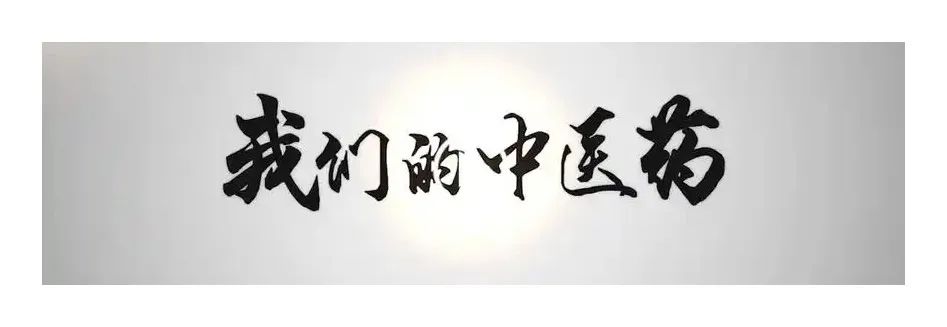
In fact, this patient has some knowledge of TCM, so he recognized that he initially had a wind-cold type of cold and took medication. However, he did not realize that while the causes of external pathogens can be categorized into wind-cold, wind-heat, damp-heat, etc., it is also essential to differentiate the location and mechanism of the disease. This is because the condition can change, and diagnosis must be dynamic.
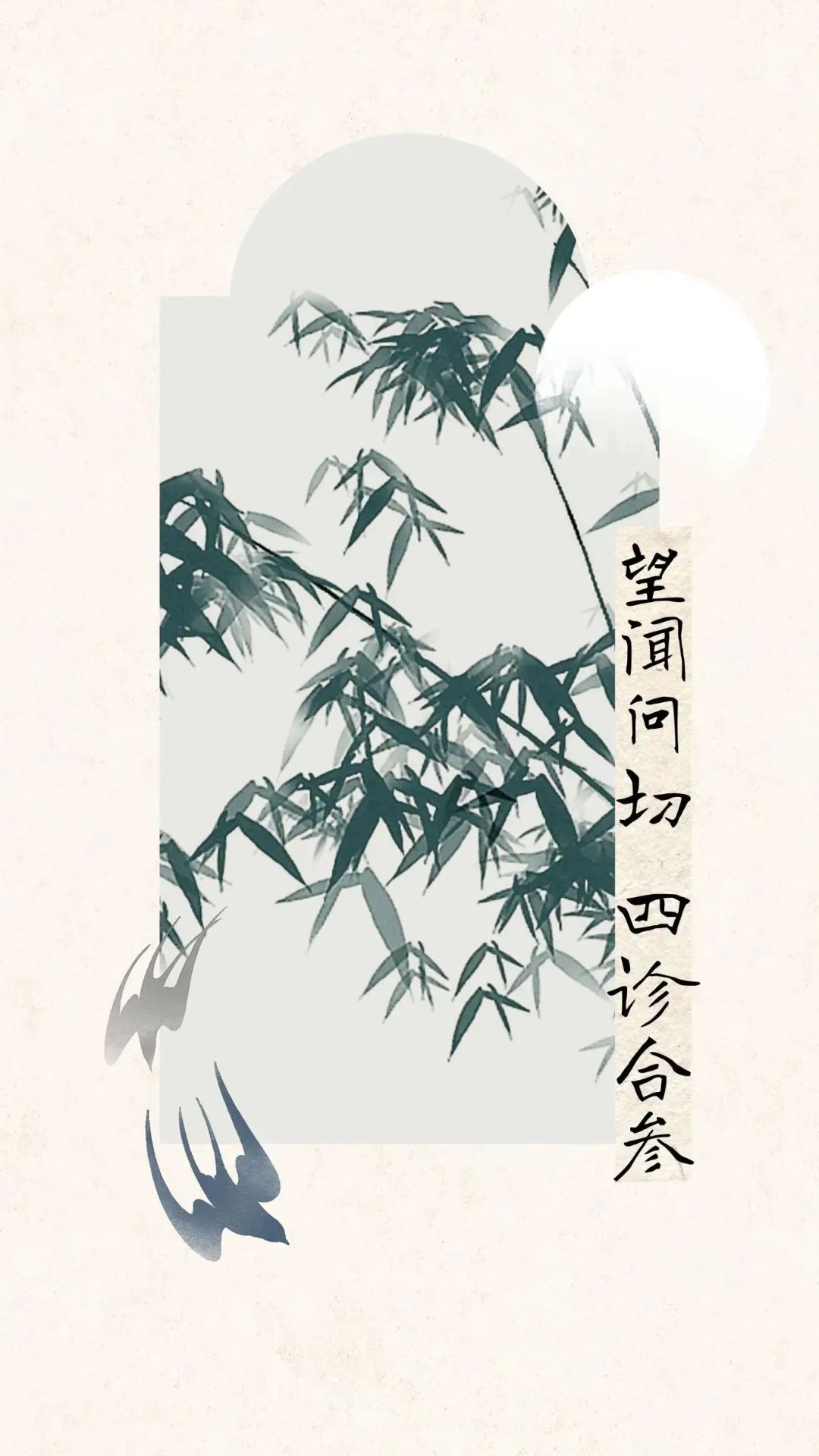
The starting point for TCM treatment of external pathogens is found in the “Treatise on Cold Damage” (Shang Han Lun), where Zhang Zhongjing classifies the invasion of external pathogens into Yin and Yang. Yang is further divided into: Taiyang (Greater Yang), Yangming (Bright Yang), and Shaoyang (Lesser Yang). Yin is divided into: Taiyin (Greater Yin), Shaoyin (Lesser Yin), and Jueyin (Terminal Yin). The three Yangs and three Yins are also further divided into exterior and interior. Since wind-cold attacks from below, it primarily affects the Taiyang, which is inherently cold but manifests heat on the surface, serving as a barrier for the body. The cold Qi from the Taiyang obstructs the defensive Qi, leading to aversion to cold. When the righteous Qi resists the evil Qi, fever occurs, hence the simultaneous presence of aversion to cold and fever.
At this point, after treatment, there are two possible outcomes: either recovery or progression of the disease.
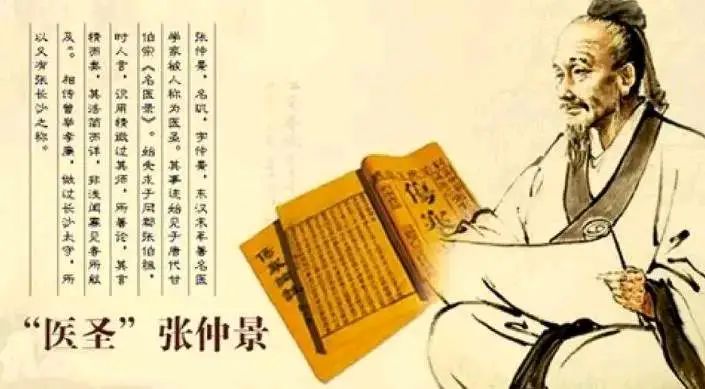
The patient experienced some relief after taking the proprietary Chinese medicine but then developed symptoms of Shaoyang disease, characterized by alternating chills and fever, bitter mouth, dry throat, dizziness, and a lack of desire to eat, indicating that the disease location has shifted from Taiyang. With the change in disease location, the treatment must also be adjusted.
Later, I prescribed Xiao Chai Hu Tang (Minor Bupleurum Decoction) for him.

